Building SQL Server Multisite Clusters
Here is an excellent white paper on SQL Server Multisite Clusters, however they forget to mention that you can also do this with host based replication. Instead, they assume you have “two EMC Symmetrix VMAX enterprise storage arrays, one at each site. The arrays were both configured with two VMAX storage engines and 240 disk drives”.
How About A More Cost Effective Solution?
If you have a million dollar budget for storage, go ahead and knock yourself out. If not, look into some Fusion-io PCIe Flash storage and host based replication with DataKeeper cluster edition. It is faster than a SAN at a fraction of the cost with all the availability. Check out how Polaris Industries did just this http://www.fusionio.com/blog/polaris-sios/
Reproduced with permission from https://clusteringformeremortals.com/2013/02/05/sql-server-2012-alwayson-multisite-failover-cluster-instance-white-paper/
















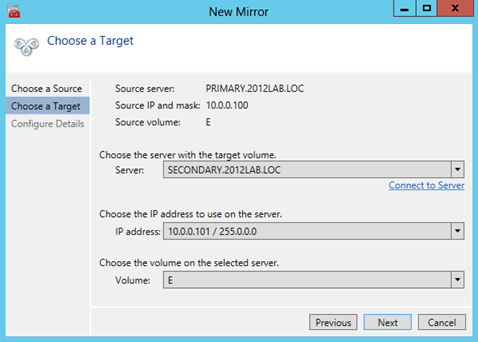



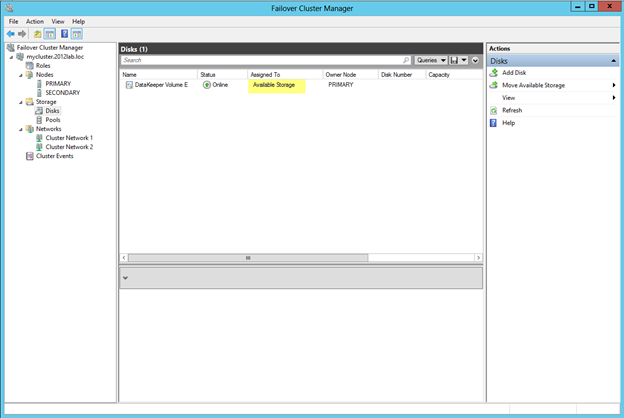
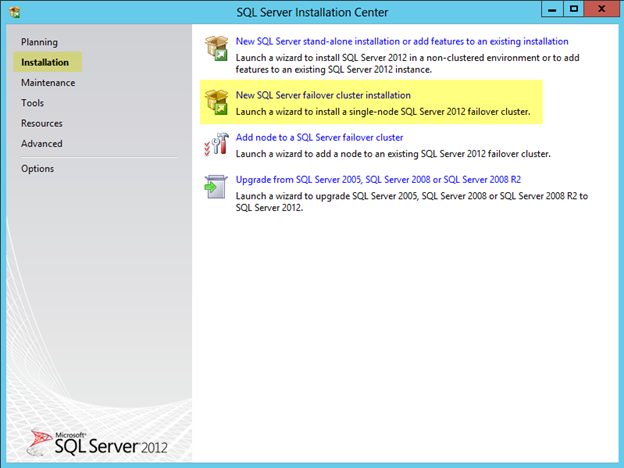


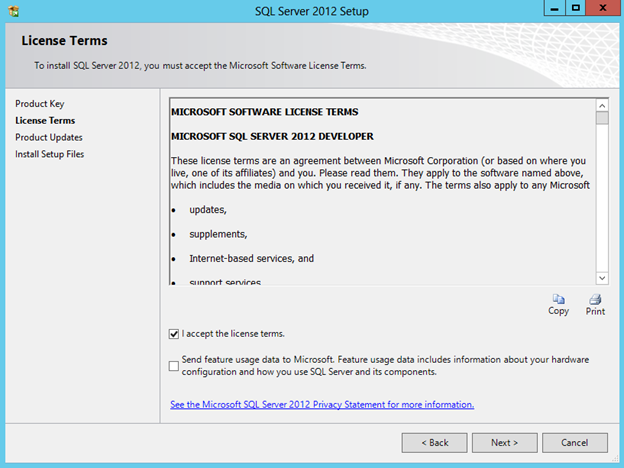

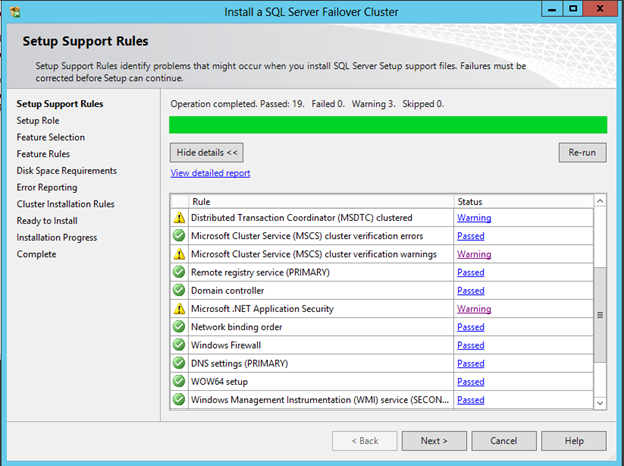
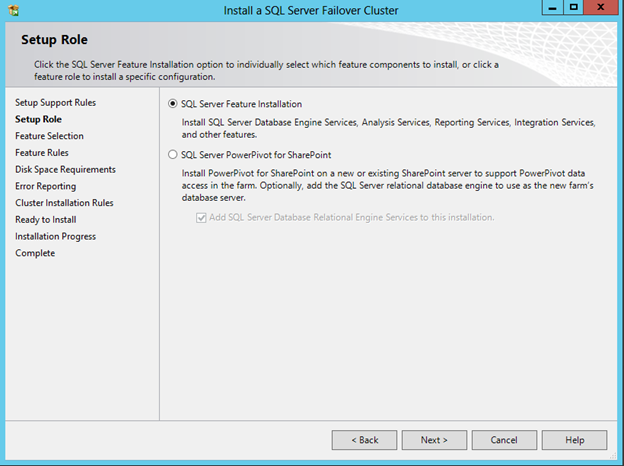
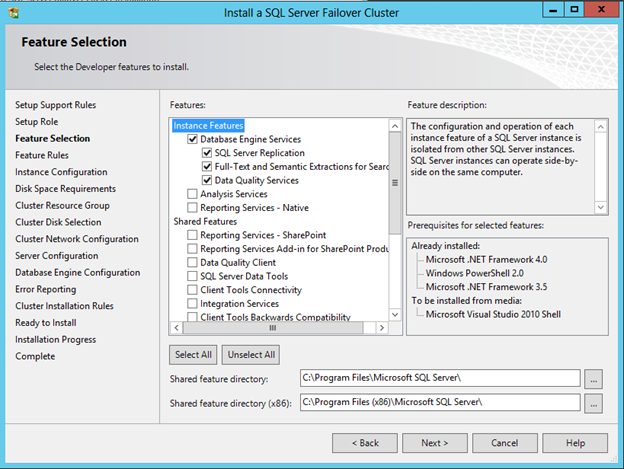
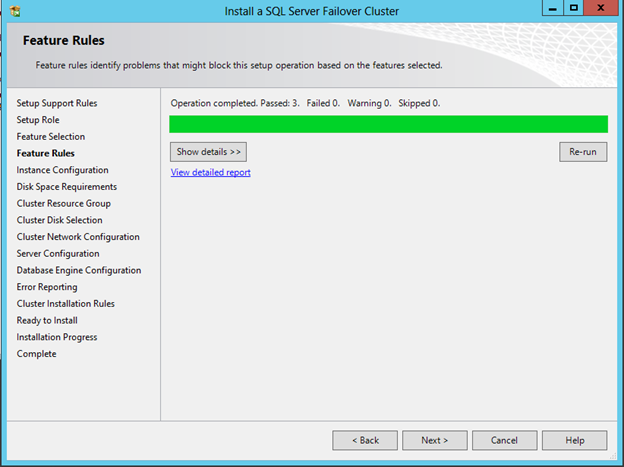

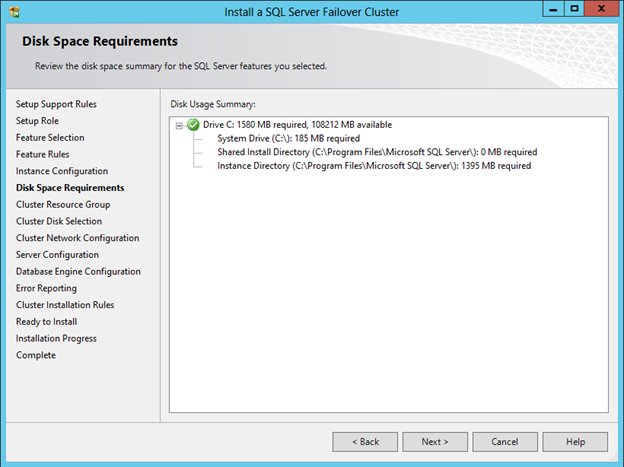




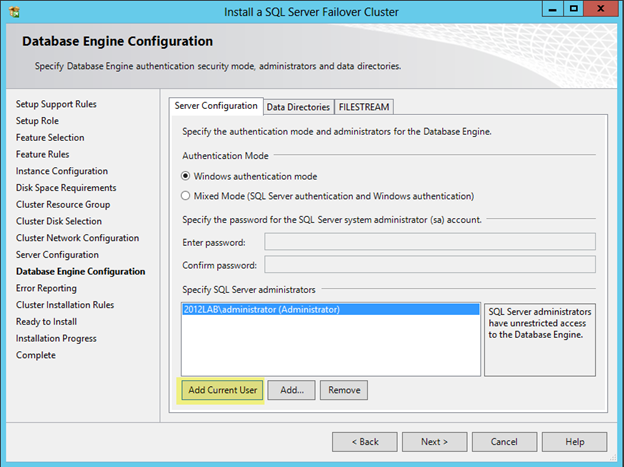


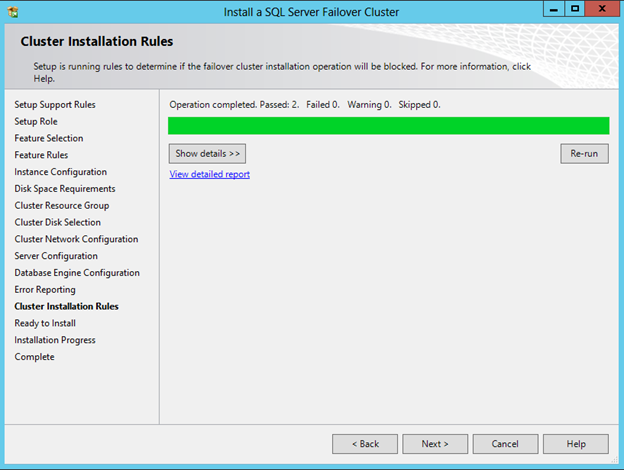


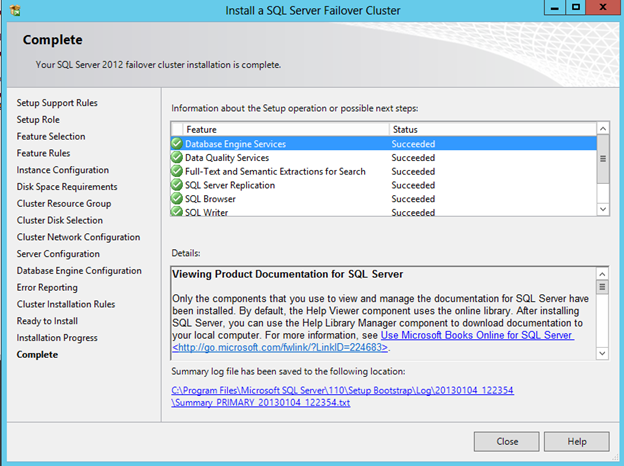


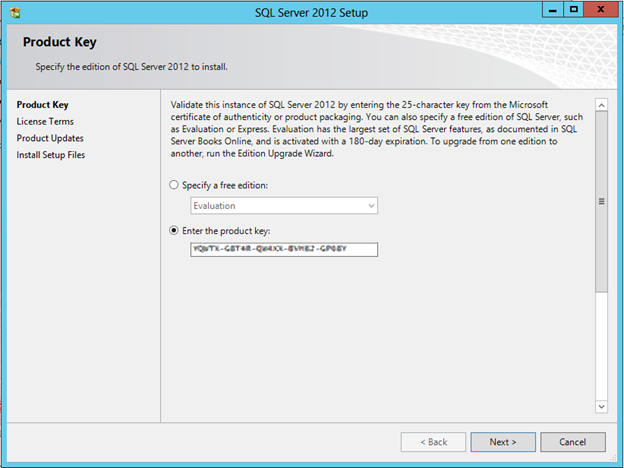



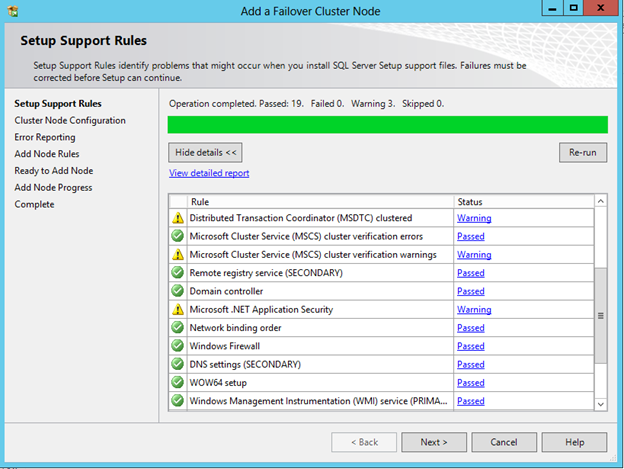


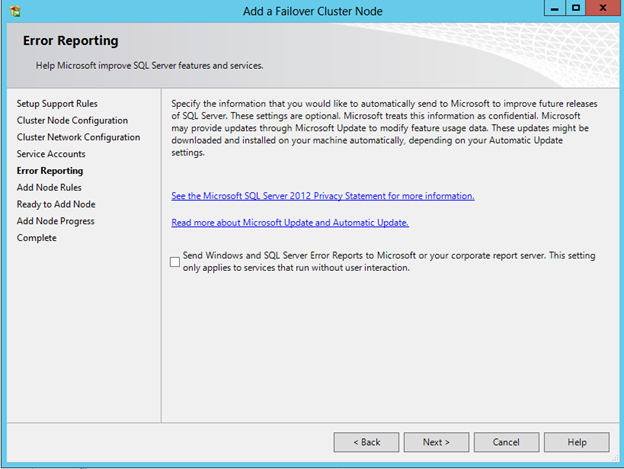
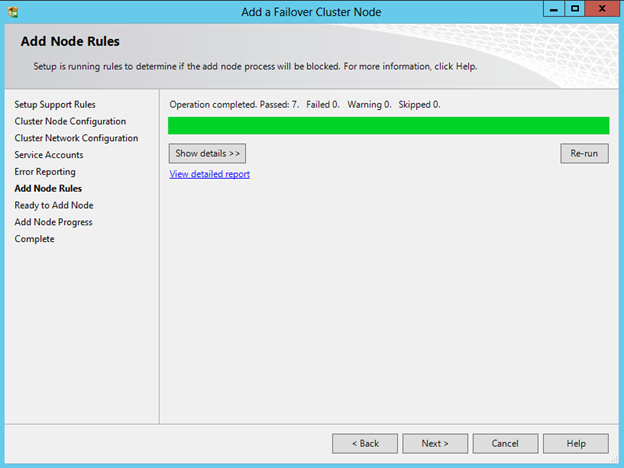


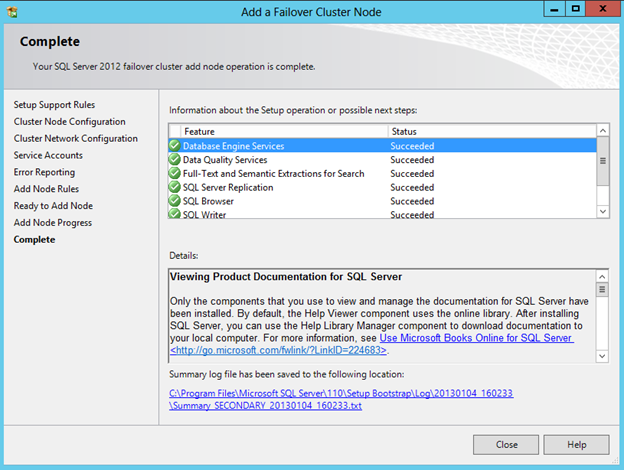
 This article “clustering SQL Server 2012 in a Windows Server 2012 cluster” was meant to be just a quick run through on how to install SQL 2012 in a Windows Server 2012 cluster. For additional reading start
This article “clustering SQL Server 2012 in a Windows Server 2012 cluster” was meant to be just a quick run through on how to install SQL 2012 in a Windows Server 2012 cluster. For additional reading start 